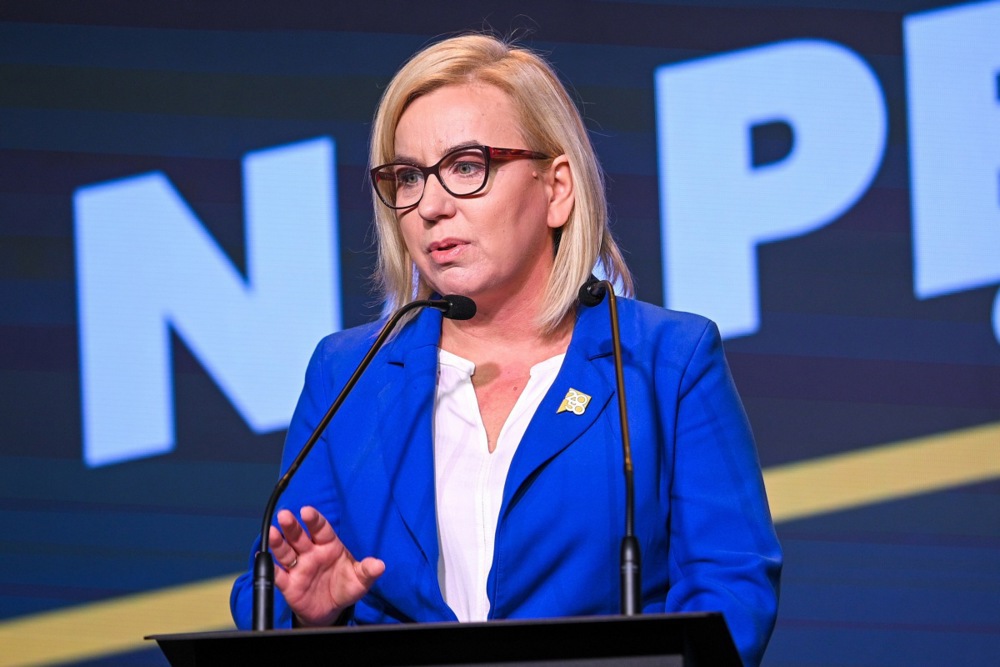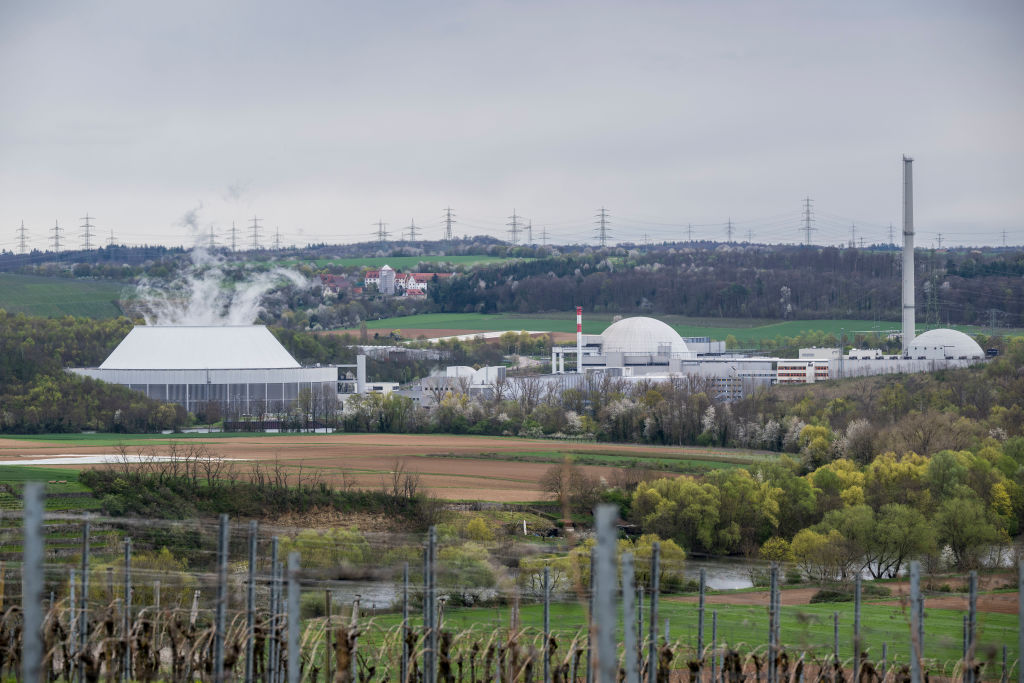According to Robert Habeck, German vice chancellor and economy and climate minister, the country’s high electricity prices were driven by fossil fuels, not by ideologically-based climate protection policy.
Appearing on the public broadcaster ARD programme Farbe bekennen on February 19, a combative Habeck warned against giving up on Germany’s self-imposed climate targets.
While German industry has been suffering and major companies have moved out of the country, citing high energy costs, Greens MP Habeck said he did not see climate protection and “green” technologies as a locational disadvantage but as the opposite.
He said German carmakers could have been leading with EVs if they had not stuck with combustion engines for so long. The same was true for heat pumps and their makers, Habeck claimed.
“If we aren’t the first to create green steel, then the Chinese will do it and then the German economy will lose,” he warned.
The show’s presenter responded by suggesting that situation had arisen due to high German energy costs.
“Those high costs come from the fossil industry,” Habeck claimed. “The fact that we have such high energy prices, such high electricity prices isn’t the product of climate protection, that is a lie.”
He said the dramatic price increases stemmed from elevated natural gas costs, triggered by the loss of Russian gas supplies and the subsequent need to purchase natural gas at higher rates on international markets.
“Costs of energy are driven up by fossil energy,” Habeck claimed.
He was not pressed about the apparently ideologically-motivated nuclear phase-out in Germany or the need for subsidies for more uneconomical forms of energy.
Germany’s economy has continued its downward spiral as official figures revealed almost 3 million people were unemployed in January 2025. https://t.co/iEbT4aqmJo
— Brussels Signal (@brusselssignal) February 3, 2025
German energy prices are among the highest in Europe, closely tied to the Energiewende. That was a national strategy launched in the early 2000s to transition from fossil fuels and nuclear power to renewable energy sources such as wind and solar.
A key mechanism of the Energiewende was the Renewable Energy Sources Act (EEG), introduced in 2000. The EEG guaranteed fixed payments (feed-in tariffs) to renewable energy producers, funded through a surcharge on consumers’ electricity bills.
This was broadly supported across the political spectrum at the time as a way to boost green tech and meet climate goals.
Large industrial users often won exemptions in order to stay competitive, leaving households and small businesses to shoulder more of the cost.
Around 60 per cent of Germany’s electricity bills are made up of grid fees and taxes.
The sharpest spike in energy prices came in 2022 when Russia’s invasion of Ukraine disrupted Germany’s gas supply. About 55 per cent of its imports came from Russia.
While building out its green grid, Germany had increasingly used lignite, the dirtiest and cheapest form of coal, because it was cheap to mine locally and was a reliable base-load power, offsetting the disadvantages of intermittent wind and sun energy.
Despite its low cost, the highly polluting lignite did not drive prices down because Germany’s electricity market sets prices based on the merit order – the last, most expensive source needed to meet demand (often gas) has dictated the wholesale price.
The merit order is based on the lowest marginal costs, ie the (operating) costs incurred by a power plant for the last megawatt hour produced, according to energy networking platform next-kraftwerke.
The number of new building permits in Germany for apartments has dropped by 17 per cent to the lowest level since 2010 – in what was described as a “balance sheet of horrors”. https://t.co/tyFhkbn2o5
— Brussels Signal (@brusselssignal) February 19, 2025





